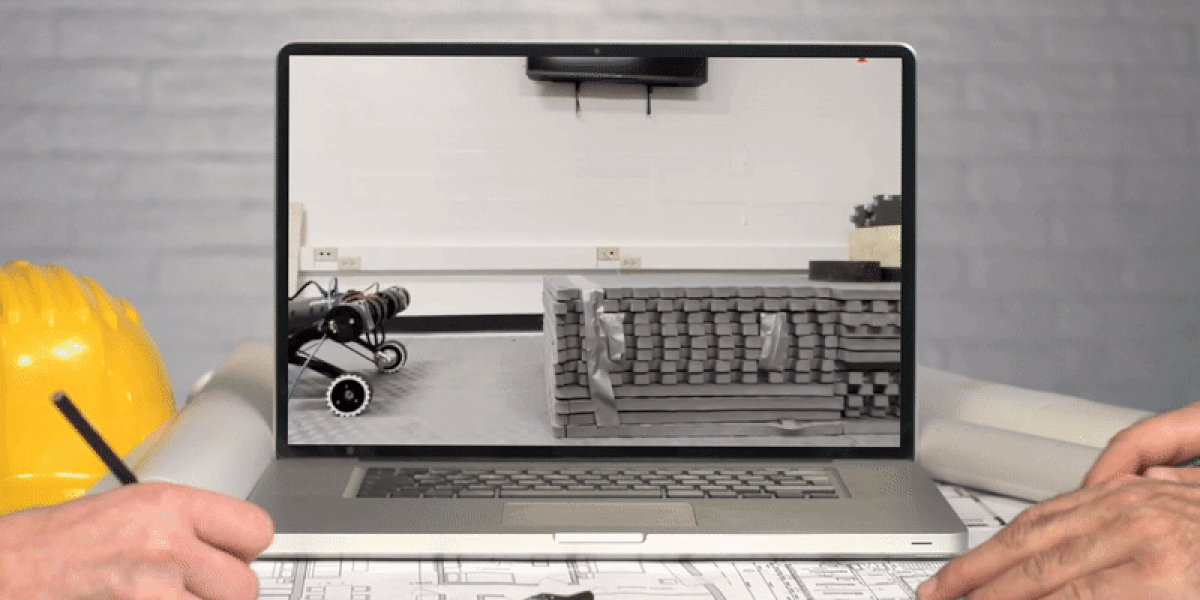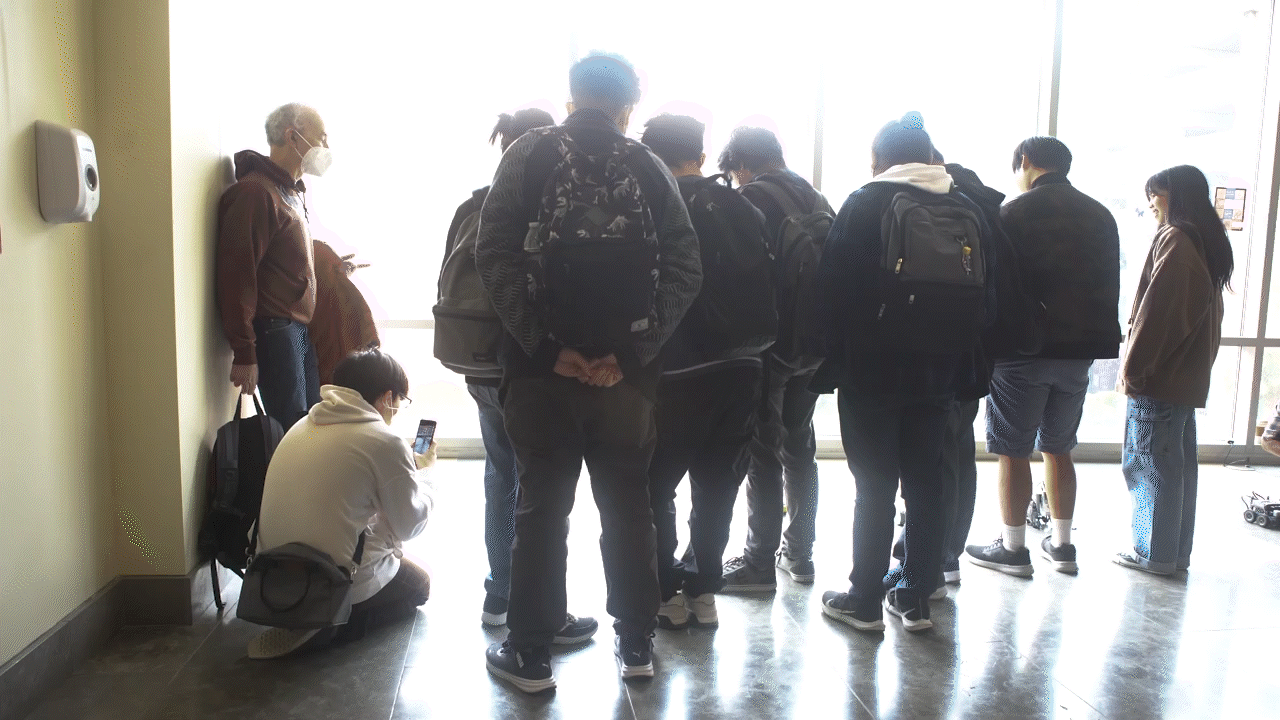
USC Viterbi research team engineers new wheel-legged robots with advancements in speed, rolling and leverage legged motions
Say goodbye to legged robots and hello to wheel-legged robots.
While traditional walking robots can jump and navigate difficult terrain — making them more stable and versatile than robots on wheels — researchers at the USC Viterbi School of Engineering are creating a hybrid robot that is faster and more advanced than its predecessors.
Quan Nguyen, a USC Viterbi assistant professor of aerospace and mechanical engineering, and Junheng Li, a Ph.D. student and lead author of the project, have worked with their research team to make this a reality.
Along with new advancements in speed and motion, USC Viterbi researchers have engineered ways for wheel-legged robots to reach previously uncharted positions.
“To navigate high obstacles, we have proposed a pose optimization framework to allow our wheel-legged robot to adapt optimal poses,” said Li. “This motion cannot be achieved by wheeled-only or legged-only robot motions”.
The need for highly efficient and agile robots across the world is rapidly increasing, making them useful in a number of different tasks like performing search-and-rescue operations after an earthquake, or exploring caves that are too small or unstable for people to enter.
“The application of our wheel-legged robot can cover many industries,” said Li. “Including response missions where the working environment is dangerous for humans, industrial inspection where the inspection processes can be automated and logistics where the wheel-legged robots can assist human workers in carrying and manipulating packages.”
Li and his research team took the existing hardware platform, and modified it by adding wheel joints to create a new wheel-legged robot. Thanks to a newly designed balancing control strategy and pose optimization framework, it’s now possible for these robots to navigate higher obstacles like stairs, for example.
“We have demonstrated the capability of the robot rolling up very high stairs via pose optimization and balancing control,” said Li, “The robot can roll up a 0.36m vertical stair while keeping traction and balance, and it can also roll up several consecutive stairs with the same control strategy”.
The robots are also able to take part in many other dynamic motions like backflips, jumps, and barrel rolls.
“For the wheel-legged robot, we are particularly focusing on rough terrain locomotion via control system design, optimization, and planning,” Li said. “With the integration of wheels, the wheel-legged robot can benefit from rolling motion and jump further than a traditional quadruped robot,” Li explained.
In addition to the ability of jumping further, the research team is also looking into a new design of the robot.
This new setup is even closer to fulfilling the functions of a human, where the robot stands on only two legs, performing wheeled and legged locomotion strategies, with its arms in motion as well.
The navigation of difficult terrain, whether it’s overcoming high obstacles, rolling, or jumping, makes these wheeled legged robots even more valuable as a resource to do jobs that are too dangerous for humans.
With these new technological advances, wheel-legged robots are well on their way to making the world safer and more efficient.
Li and his research team have been working on this project for over a year now, and hope to finalize the software that incorporates these new stable control features in the near future to allow wheel-legged robots to be used in various industries.
Professor Nguyen and Li presented the results of their latest research at the IROS 2022 Conference in Kyoto, Japan this month.
Published on November 7th, 2022
Last updated on November 7th, 2022










